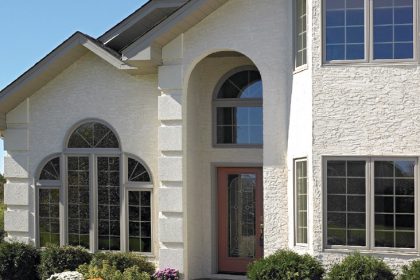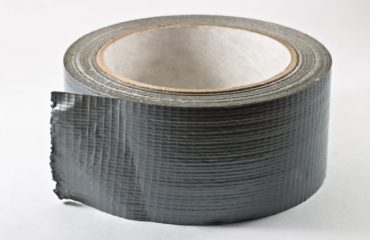
Repairing Hairline Fractures
Many houses that have stucco as an exterior finish have splitting problems, however the majority of them can be fixed rather easily. There are different sort of fractures that appear and understanding the best ways to set about repairing them is half the battle.
There are different kinds of cracks, identified primarily by their size and pattern on the wall itself. One can identify the cause of the crack by taking a look at the wall’s design, the size of the fracture and the pattern.
These fractures are anywhere from 1/16 of an inch to 1/8 of an inch large (typically) and are easily and successfully fixed using caulking and paint.
Step 1: Cut Suggestion Of Caulking:
The primary step is to cut the tip of the tube of caulking as small as possible, at an angle, if possible. I included this as a step because it is oftentimes ignored and can make a huge difference in the quantity of time it takes to complete the task, how much cleanup there will be, the finished item, and so on
. Then fill the caulking weapon with the tube and squeeze out some of the caulking, so your prepared to go and have a concept of just how much material is going to come out.
Step 2: Use Caulk Spread Into The Fracture
Next, you will wish to use a bead of caulk along the fracture in an even and generous manner. Use the angle on the tip to your benefit, it will be easier to fill the crack in this manner.
Make sure to have a constant bead without any spaces, you will want the whole crack to be covered in a bead so it is sealed totally.
After the caulk is used, take your finger and rub the caulk into the fracture. Try to go all instructions, in order to fill the crack completely. Try to prevent spreading the caulk all over the wall, if you can do so, it will make the next action much easier.
Step 3: Rub out Excess Caulking
Now, take your sponge or rag and saturate it in the water. Sound it out a bit, however keep the majority of the water within, it is much better to have more water than insufficient. Utilize the rag or sponge to tidy up the area around the crack, while keeping the caulking inside of the fracture itself.
Do not stress if you are shy on product here since we will wind up using a second coat that is textured and will complete the rest of the material you need. Just ensure that the entire fracture is filled and you didn’t miss out on any areas, this is vital in this action!
Step 4: Let The Caulking Dry
Let it dry for a day, or a few hours, depending on the directions, weather, temperature level, etc. Caulking tends to diminish up a bit, which will work to our advantage, in this case. We will apply another coat of caulking the same way we did in steps 1 through 3 but add a little texture this time around, to match the existing texture.
Step 5: Texturing The Second Bead Of Caulking:
After we use the 2nd bead of caulking and rub out the excess, we will wish to include a little texture to make the repair blend in a little better. Before you attempt to texture to the wall, play with it on a piece of cardboard to attempt and mimic the texture and discover exactly what approaches (dabbing with a brush, utilizing a sponge, and so on) will match the existing texture the best.
If you have a smooth texture, then this will be easier to do and will just need (in most cases) to keep reapplying caulking till it is flush with the surface and ensure there are no “hard lines” in the caulking, everything should blend in naturally.
For moderately heavy to much heavier textures, a brush used in a dabbing motion would match the existing texture much better. Experiment first, like I mentioned earlier to see what approach works the very best for your texture.
Step 6: Apply Color To The Repair work:
For the repair work to be complete, you will need to use a matching color coat on top of the location you repaired and possibly the whole wall, so it blends in much better. A lot of folks just paint the wall and is most likely the easiest method and many cost effective one.
If you wish to prevent painting, then check out a fog coat (standard cement based surface) or an acrylic surface that was used on your house (custom color matched) that has the aggregate taken out of it. You can achieve this by running the material through a mesh paint screen, which will keep the color in tact however remove the aggregate to make a custom acrylic paint.


